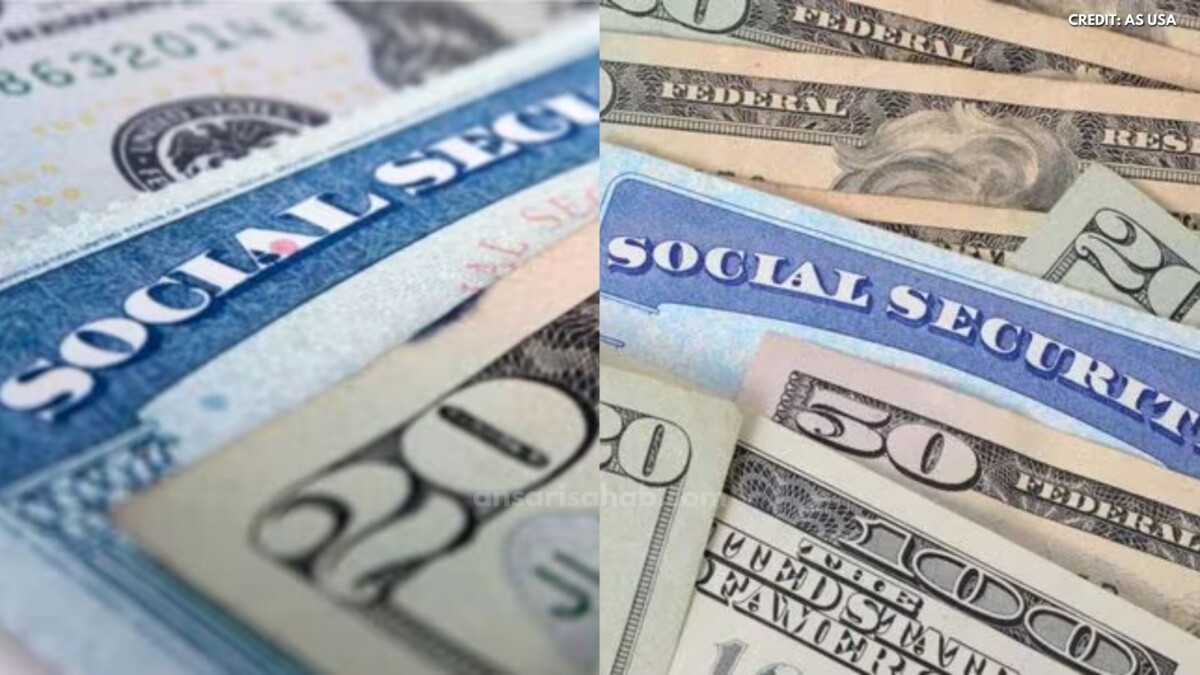Federal Minimum Wage Status in 2025: As of October 2025, the federal minimum wage in the United States remains at $7.25 per hour, unchanged since its last increase in 2009. Despite various proposals and discussions, no federal legislation has passed to raise this baseline wage.
State-Level Minimum Wage Increases
While the federal minimum wage has stagnated, many states have implemented their own increases to address the rising cost of living. Notably:
- Florida: On September 30, 2025, Florida’s minimum wage increased from $13 to $14 per hour. This change is part of a voter-approved plan to reach $15 per hour by 2026. Tipped employees now earn a base wage of $10.98 per hour, with the potential to earn up to $14 per hour with tips.
- California: California’s minimum wage varies by locality, with some areas reaching $15 per hour or more. The state continues to adjust wages based on inflation and cost-of-living factors.
- New York: In New York City, the minimum wage is set to increase from $16.50 to $17.00 per hour in 2026, with future increases tied to the Consumer Price Index.
- Washington: Washington state’s minimum wage is scheduled to rise to $17.13 per hour in 2026, maintaining its position among the highest in the nation.
$15 Minimum Wage Milestones
Several states and localities have reached or are on track to reach a $15 minimum wage:
- Delaware, Illinois, and Rhode Island: These states have achieved a $15 minimum wage as of 2025.
- Florida: As mentioned, Florida is on a path to reach $15 by 2026, with incremental increases each year.
- California: Many cities within California have already surpassed the $15 mark, with ongoing adjustments based on local economic conditions.
Upcoming Wage Schedules and Future Increases
Looking ahead, several states have scheduled future minimum wage increases:
- New York: Following the 2026 increase to $17.00, New York plans annual adjustments based on the three-year moving average of the Consumer Price Index for the Northeast Region, starting in 2027.
- Washington: After the 2026 increase to $17.13, discussions are ongoing about further increases, with some proposals suggesting a rise to $25 per hour by 2031.
Impact on Workers and Businesses
The ongoing state-level increases aim to address income disparities and support workers facing inflationary pressures. However, these changes also pose challenges for businesses, particularly small enterprises, that must adjust to higher labor costs. Balancing fair wages with economic sustainability remains a critical issue for policymakers.
FAQs
The federal minimum wage in 2025 remains at $7.25 per hour, unchanged since 2009.
As of 2025, states like Delaware, Illinois, and Rhode Island have implemented a $15 minimum wage. Florida is on track to reach this amount by 2026.
State minimum wage adjustments vary. Some states, like New York, adjust annually based on the Consumer Price Index, while others, like Florida, implement scheduled increases leading up to a target amount.









